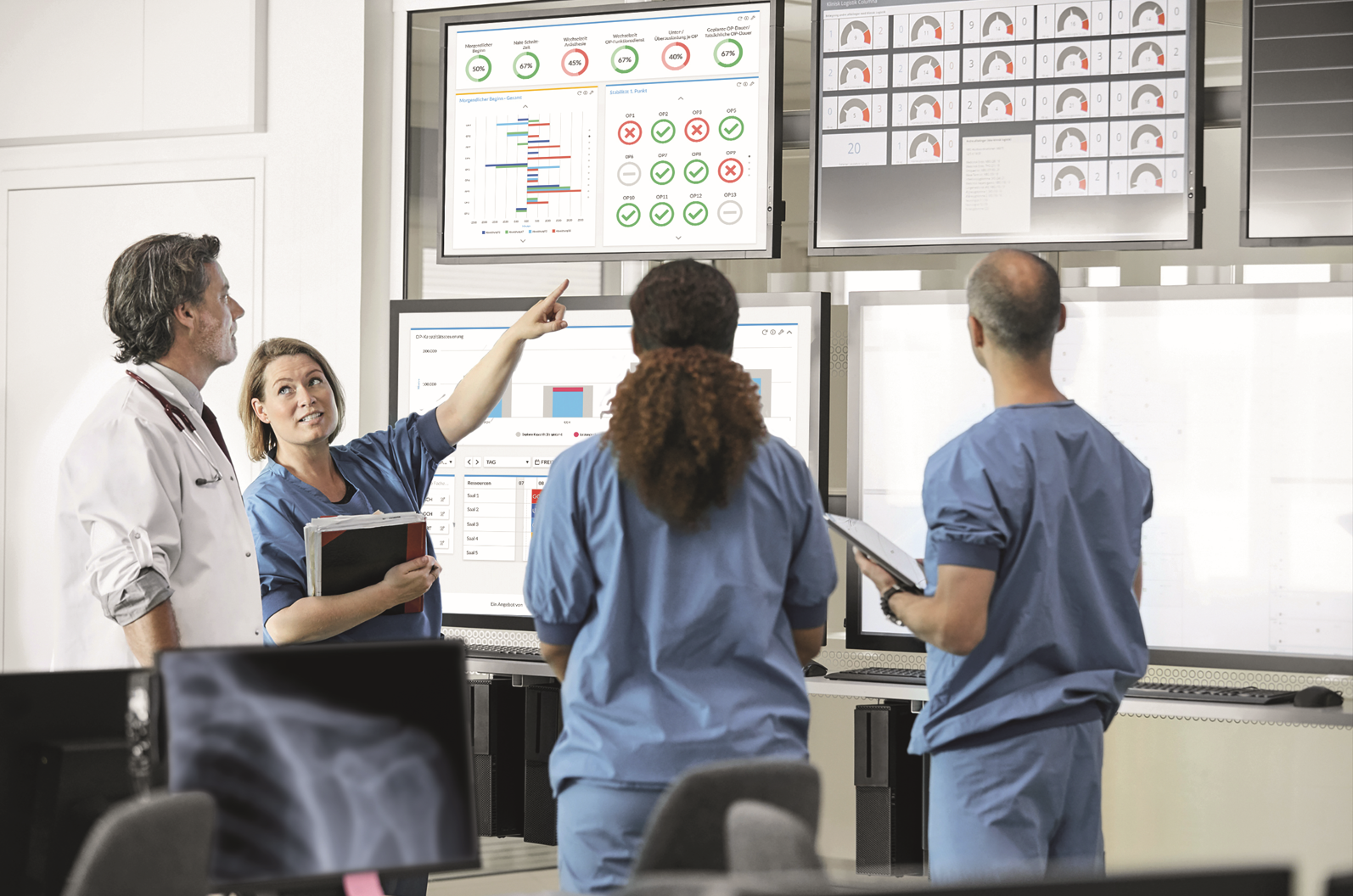One of the main challenges that European healthcare will face by 2050 is ensuring the provision of high-quality care and support for patients. The demand for care is set to increase due to the growing number of people living to advanced ages. Care needs are also becoming more complex as individuals often suffer from multiple health issues simultaneously. Additionally, there is a rising shortage of healthcare professionals and informal carers. Chronic diseases, such as mental disorders, cardiovascular diseases, and cancers, pose the greatest burden on the healthcare system, with cancer expected to see the most rapid increase by 2040 (RIVM, 2018). To address these challenges, we must explore new ways to deliver care. Artificial Intelligence (AI) could play a significant role here, by using software tools that help humans make decisions based on data and insights far beyond what they could process on their own.
Three examples on how AI could help
- Personalised Medicine: Moving Away from ‘One-Size-Fits-All’ A promising movement to address the current and upcoming healthcare challenges is personalised medicine, which recognises that each patient is unique. Rather than relying on standardised treatment plans, personalised medicine tailors care to an individual’s genetic makeup, physiology, lifestyle, and environment. This can lead to better outcomes with fewer resources. But implementing personalised medicine can be costly and complicated—think genomic sequencing and big data analysis, which are out of reach for many healthcare systems. AI could be a game-changer here. By combining AI with Real-World Data (RWD), such as electronic health records and clinical notes, we can make personalised medicine accessible and scalable. AI can help with turning a mountain of medical data into clear information in which patterns and correlations can be spotted easily. With AI’s help, healthcare providers could develop tailored treatment plans for more patients without breaking the bank. Imagine a system that can monitor a patient’s health data in real-time, adjusting treatments as needed to ensure the best possible outcomes—no human could process that much data on the fly.
- Boosting Diagnostic Accuracy with AI AI is already showing its value in diagnostics. Medical imaging is a great example: AI tools trained to recognise disease markers can detect tiny abnormalities that even the most experienced human eyes might miss. Take a recent NHS trial where an AI tool was tasked with analysing mammograms—it identified every single symptomatic case and even flagged some early-stage cancers that doctors had overlooked. Similarly, UCLA researchers found that AI was 45 times more accurate in measuring prostate cancer tissue than human efforts alone. With AI aiding in diagnostics, doctors can identify health issues earlier, leading to better outcomes and a lighter load on the healthcare system.
- Proactive Care and Resource Optimisation AI is also changing the way healthcare resources are managed, which can make a real difference in times of staffing shortages and high demand. Virtual health assistants powered by AI are now handling basic medical queries and administrative tasks around the clock, freeing up doctors and nurses for more complex needs. Predictive analytics allows healthcare systems to anticipate disease outbreaks or patient risks, making early interventions possible. On the cutting edge, AI-powered robotic surgeries are improving precision and outcomes, while AI-driven drug discovery speeds up research and cuts costs. These advancements promise a more efficient, responsive, and patient-focused healthcare experience.
The Reality Check: Data Quality is AI’s Achilles Heel
However, as it stands today, AI systems are not infallible; they can occasionally produce false positives or false negatives. The accuracy of these systems is heavily contingent on the quality and diversity of the data they have been trained on. Using these systems when they are not fully ready is risky. When AI systems make errors, it can lead to incorrect follow-up decisions by clinicians who might otherwise have made accurate judgments without AI (Bernstein MH, 2023).
Bridging the Gap: RWD and AI Working Together
This is where real-world data (RWD) must play its part. RWD encompasses data collected from diverse sources, such as electronic health records (EHRs), patient registries, and even wearable devices. At the same time RWD provides AI models with the real-world context they need to make accurate predictions.
AI, in turn, has the power to increase the value of RWD by optimising the usability of the data. One clear example of this is Natural Language Processing, an AI application that can interpret spoken or written language and in turn transform it into discrete, sortable and analysable data. This means that unstructured free text, that used to be either unusable, or extremely time-consuming to use in the context of data analysis, is now valuable data with a high degree of specificity. This application is already being used at LOGEX in our Real-World Evidence projects.
Clearing the remaining hurdles
Yet, there are still significant hurdles in using AI in healthcare. Practical ones, for instance around how to scale access to relevant RWD. But also the more philosophical ones around governance, liability, privacy and data security. These issues are in desperate need of clearance before AI can be applied on a serious scale in healthcare.
That being said, if we are able to tackle these challenges, AI-driven insights from RWD have the potential to unlock a future of healthcare that’s personalised, proactive, and accessible for all.

Get the latest insights, industry trends, and updates on how LOGEX is transforming healthcare with data-driven solutions.
You May Also Like
These Related Stories

The Role of Real-World Data in Optimising Prostate Cancer Care

Respiratory Care Awareness Week: How Real-World Evidence Can Help Relieve the Burden of Respiratory Diseases
